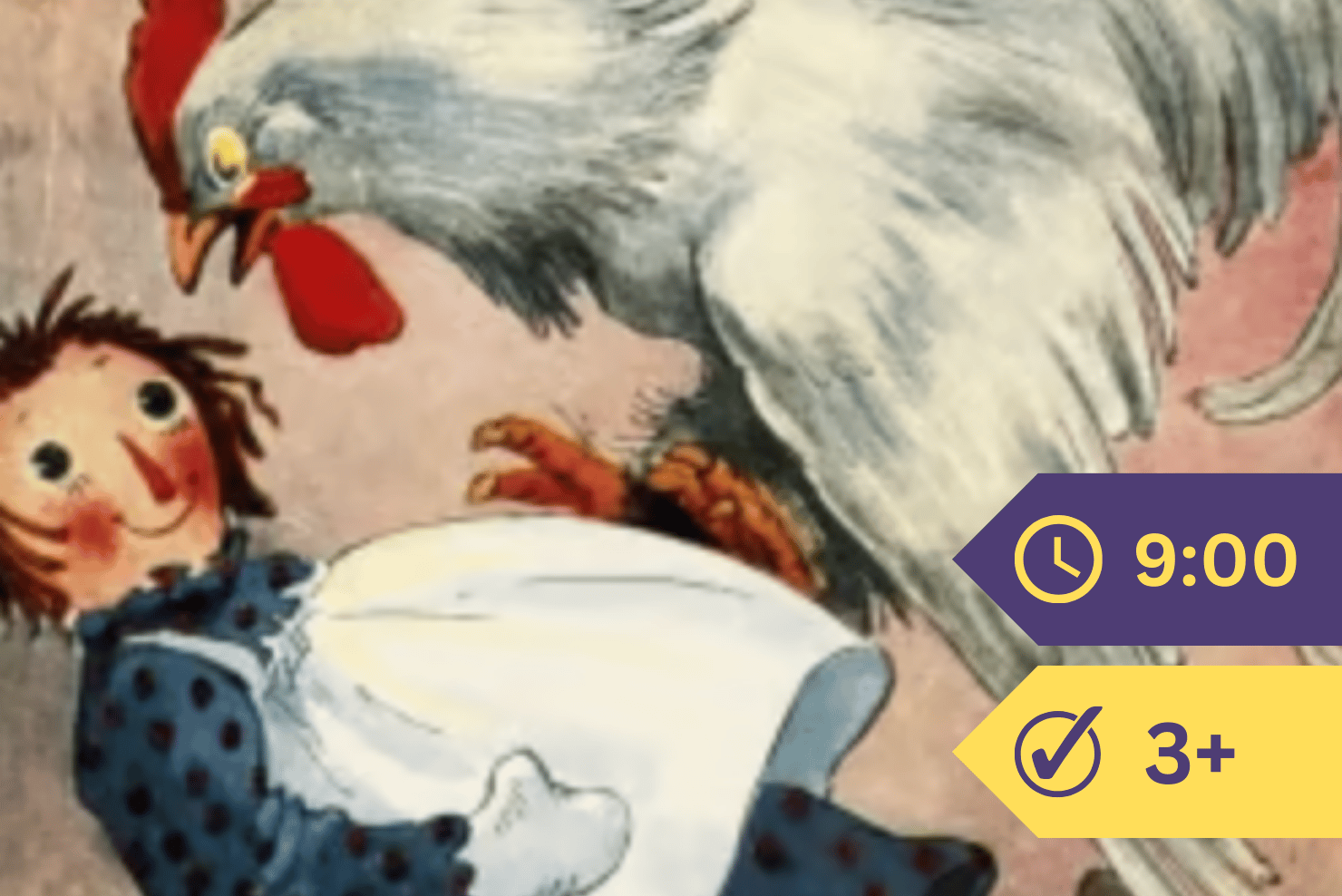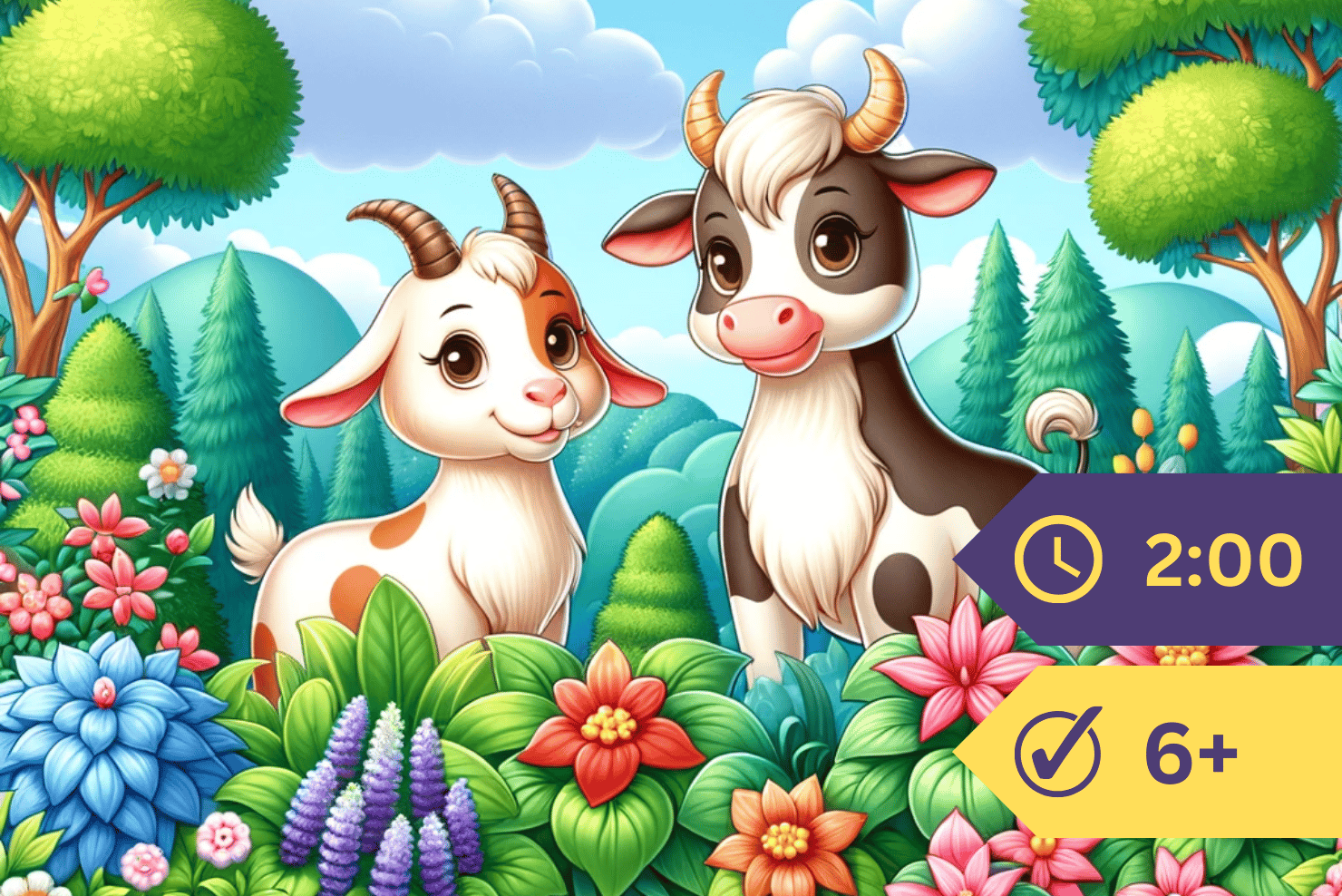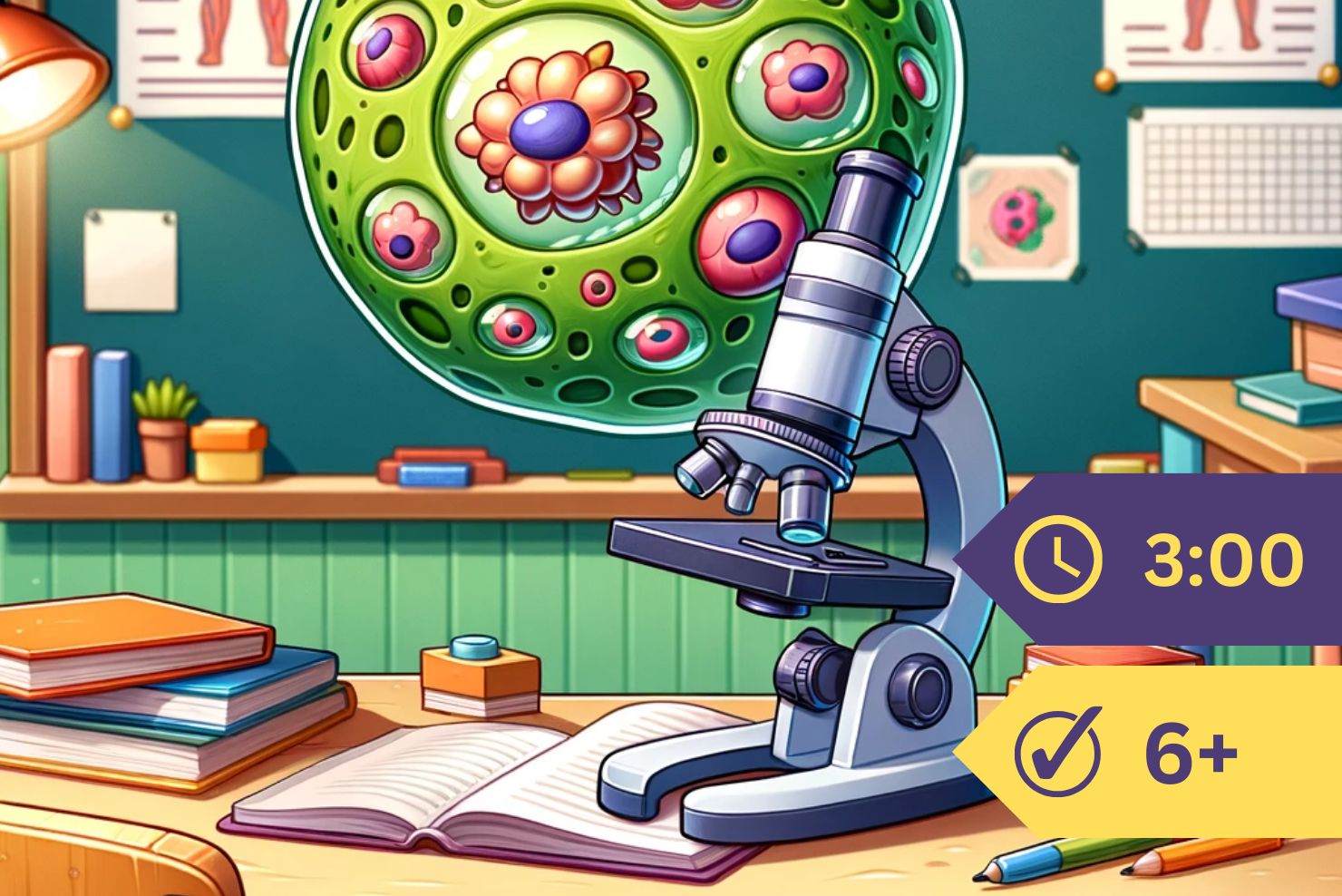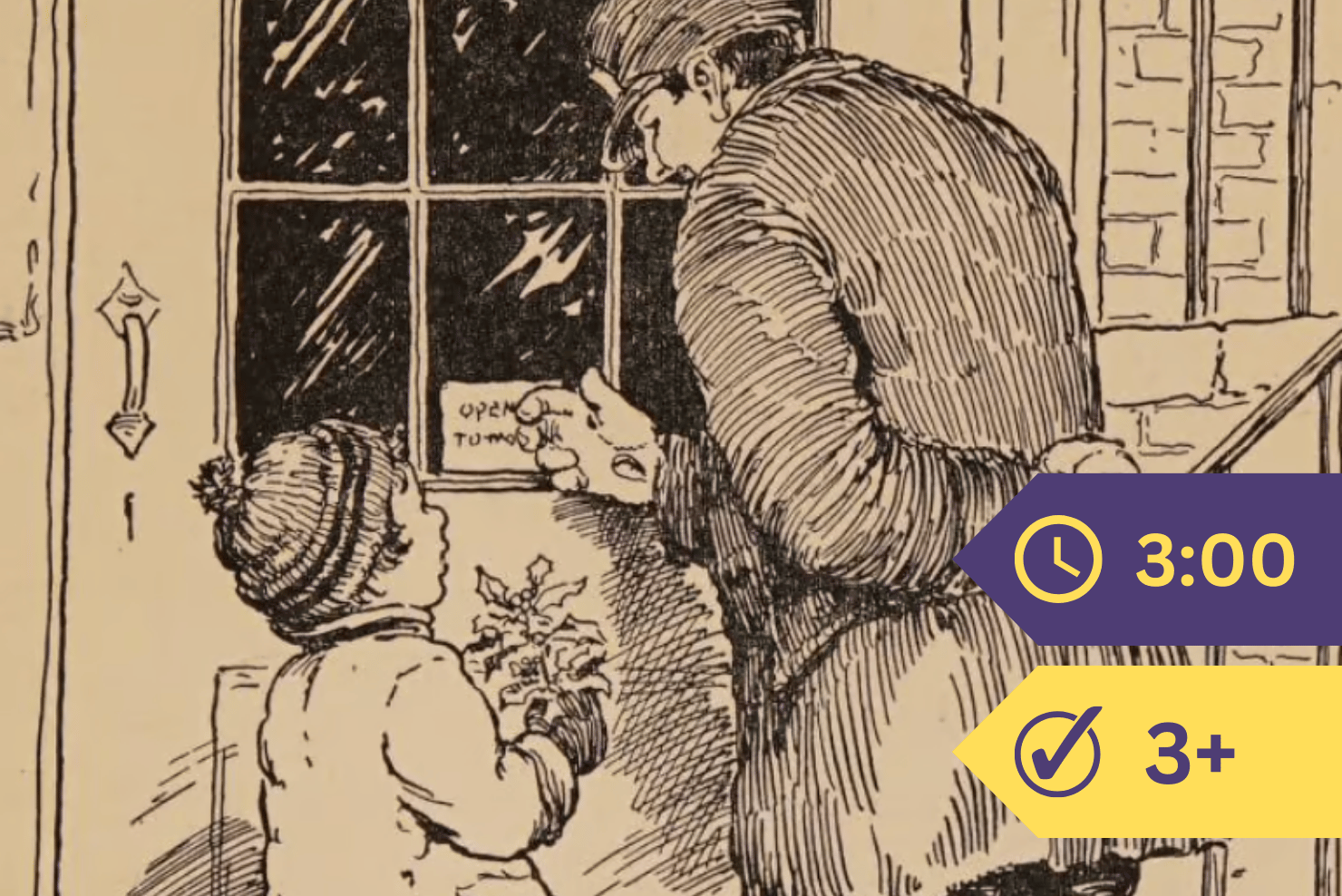Leaves need to protect themselves from other enemies than too great heat and too much water.
We found that the prickly armor of the thistle enabled it to live in pastures where the cattle had killed most of the other plants.
Many animals like to eat green leaves, so we are not surprised to find that plants invent different ways of protecting themselves.
One look at the leaf of the thistle is enough to persuade us that it would not be very good eating.
The red-berried holly, with which we decorate our churches and houses at Christmas time, is another plant with prickly leaves.

Some plants cover their leaves with bristles, which the cattle dread almost as much as the stout prickles.
As we read before, the mullein defends its leaves by a fuzzy coat of hair. Such an armor as this is less warlike than that of the thistle, but quite as effective.
Other plants fill their leaves with juices which are either poisonous or unpleasant.
It seems as if animals guessed the presence of these unfriendly juices by the plant’s smell, for they will munch the different growing things all about such a plant as this, and leave the harmful leaves severely alone.

The nettles cover their leaves with stinging hairs. These stiff hairs break off when handled, burying themselves in the flesh, and sending out a burning acid that punishes severely the meddler, man or beast, as it may happen to be.
By this time I think you realize that leaves are well worth noticing. And when you have looked at a leaf so fully as to be able to carry in your mind its outline, I hope you will then discover whether it wears a coat of hair, or a dusty bloom, or a prickly armor, or a thick, evergreen skin, and that you will decide what enemies it is trying to escape.







